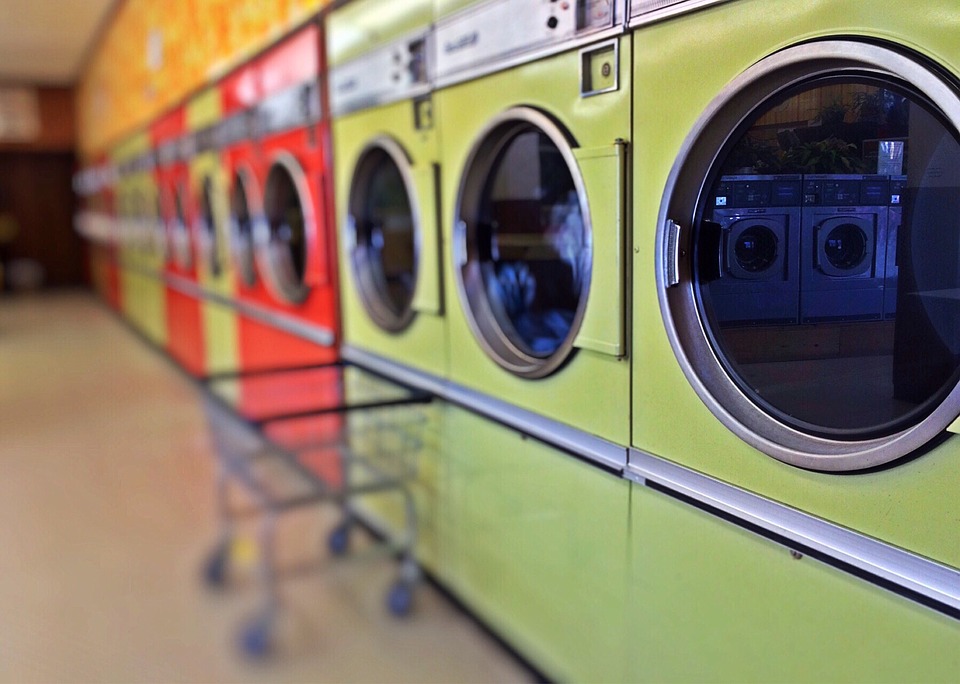
Outdoor season is upon us but in a cruel twist, the clothes we wear are having a major impact on the places we love. Microfibers, often invisible to the naked eye, are highly damaging to the environment, polluting waterways and filling our food chain with toxins.
So, where do they come from? Microfibers are tiny threads that shed from synthetic fabric, most commonly when being washed. The plastic fibers are too small to be filtered by standard machines or wastewater treatment plants and end up in our rivers, lakes, and oceans. Shockingly, studies report microfibers make up 85 percent of human-made debris on shorelines.[i] They also have a special skill of absorbing toxins like PCBs. Even more alarming, the fibers are being found in fish and thanks to bioaccumulation the problem can only get worse as the fibers work their way up the food chain. What we wear on our bodies is ending up in our bodies – yikes!
Microfiber pollution has been a hot topic for some time now – and as a result, innovative solutions are taking shape. Here are 3 main ways companies and consumers are tackling the issue:
1. Spreading Awareness
Social campaigns are heavily used to increase awareness about the negative impacts of microfiber pollution. For example, The Story of Stuff, an environmental organization, recently launched their latest project – The Story of Microfibers. It features a 2 minute video that aims to demystify microfiber pollution, and urges both consumers and companies to take responsibility for the role they play.
2. Taking Action
There is meaningful and immediate action we can all take to address microfiber pollution. The Plastic Pollution Coalition provides tips on consciously washing clothing in this blog post, like dry spinning clothes at low revolutions to decrease friction. We can also use special devices to catch microfibers in the washing machine. The Guppy Friend is a specially designed mesh laundry bag that captures fibers released in the washing process. The Rozalia Project is expected to unveil a different microfiber catching technology in the spring of 2017.
3. Promoting Innovation
Companies using synthetic fabric are being pressured by customers to find solutions to stop microfiber pollution. Per usual, Patagonia is leading the pack. The outdoor apparel retailer is funding research about microfibers to better understand their environmental impact, particularly from their own products. On top of that, Patagonia is partnering with Guppy Friend to sell the special laundry bags in conjunction with their apparel. Other companies are investing in textile innovation. Lenzing, a major textile manufacturer, released a new Tencel product made from natural fibers that could help the fashion industry close the loop.
Of course, these solutions are just scratching the surface. We’re interested in seeing more apparel giants seek solutions to microfiber pollution – industrywide change is a must. We remember the push against microbeads that led to President Obama signing a law banning them from products – could we face a similar situation with synthetic clothing?
[i]http://www.npr.org/sections/thesalt/2017/02/06/511843443/are-we-eating-our-fleece-jackets-microfibers-are-migrating-into-field-and-food
___________________________________________________________________

Elisa Verita is currently interning at our Los Angeles office. She started with a personal passion for sustainability in the fashion industry, and continues to expand her interests in the corporate sustainability sector. In June, Elisa received her Bachelor’s degree at UC Santa Barbara in Environmental Studies and plans to pursue a Master’s degree.
